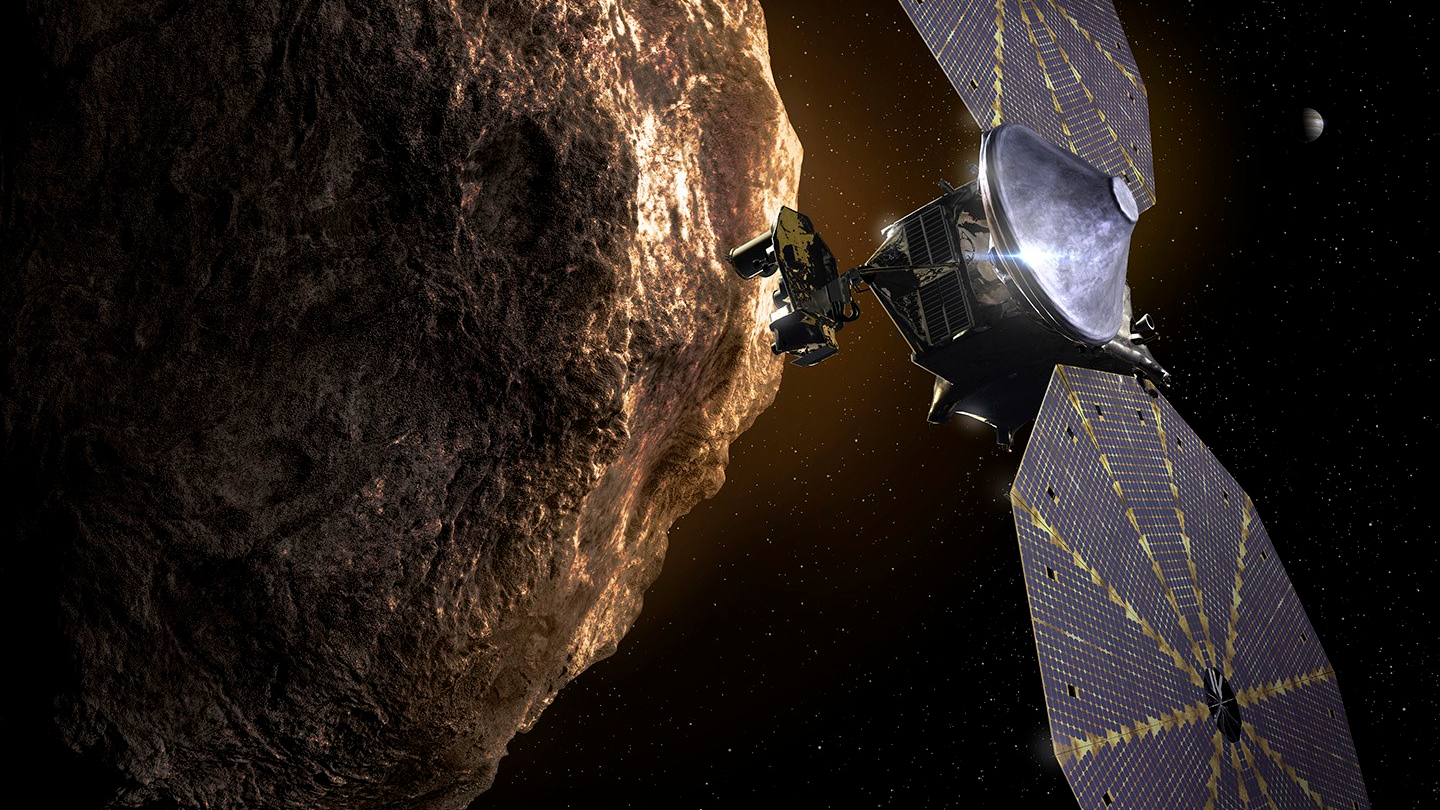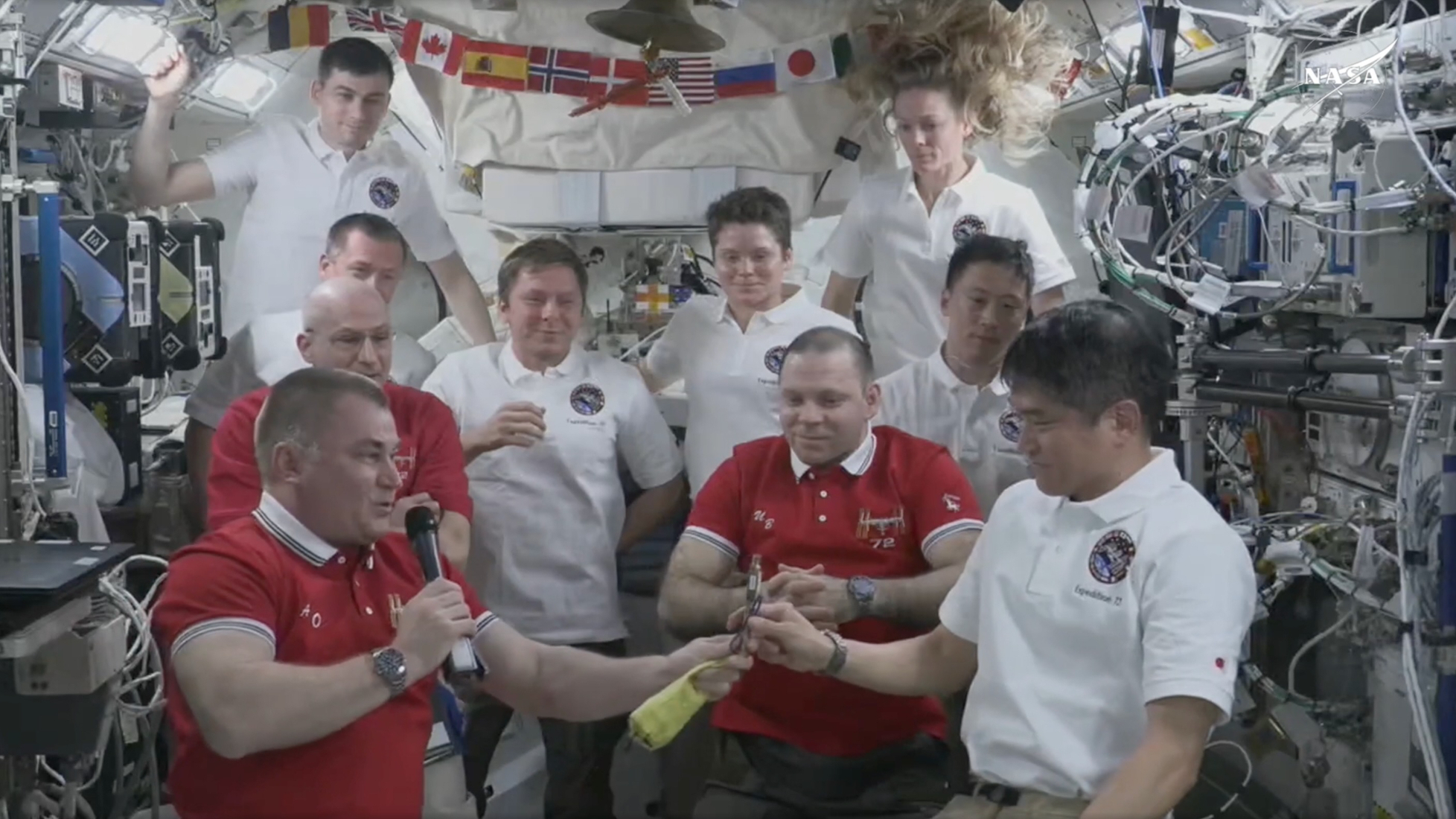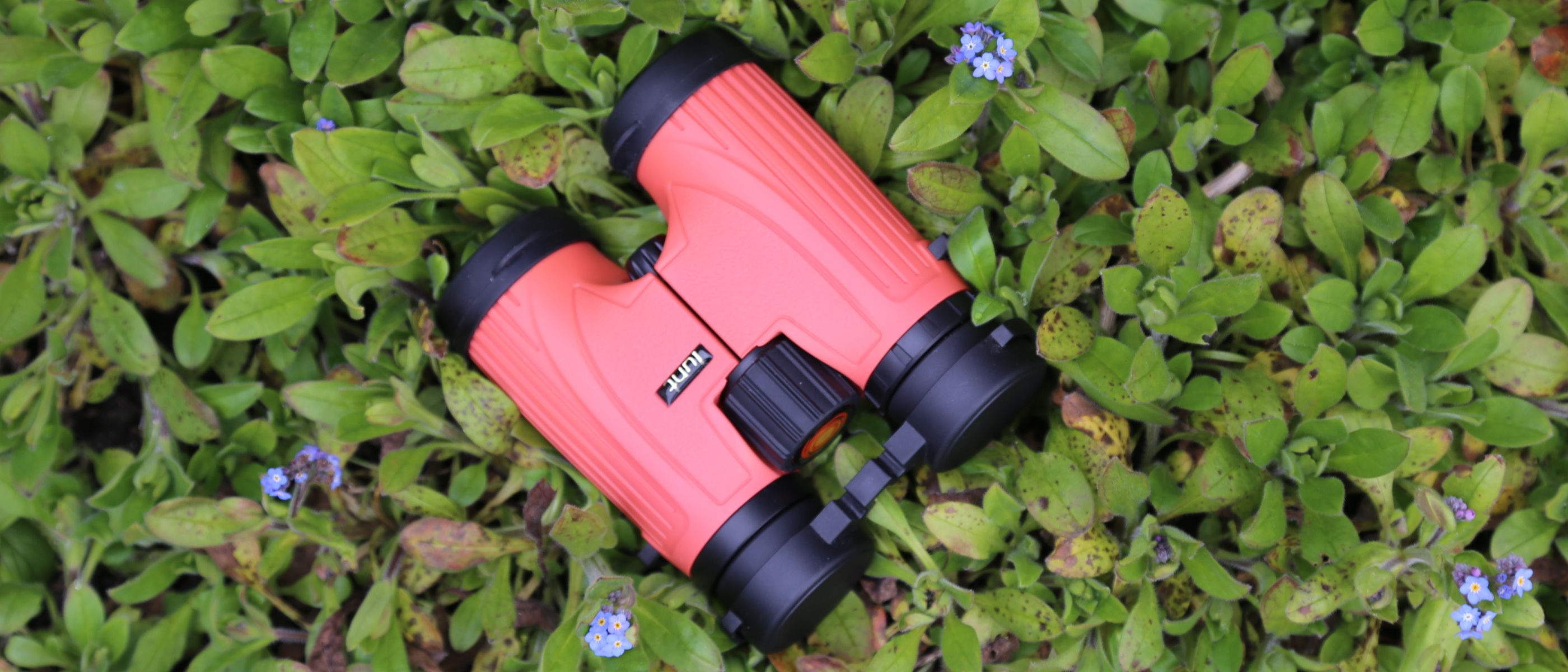Cassini's Mark: Plunging Into Saturn, What the NASA Probe Leaves Behind on Earth
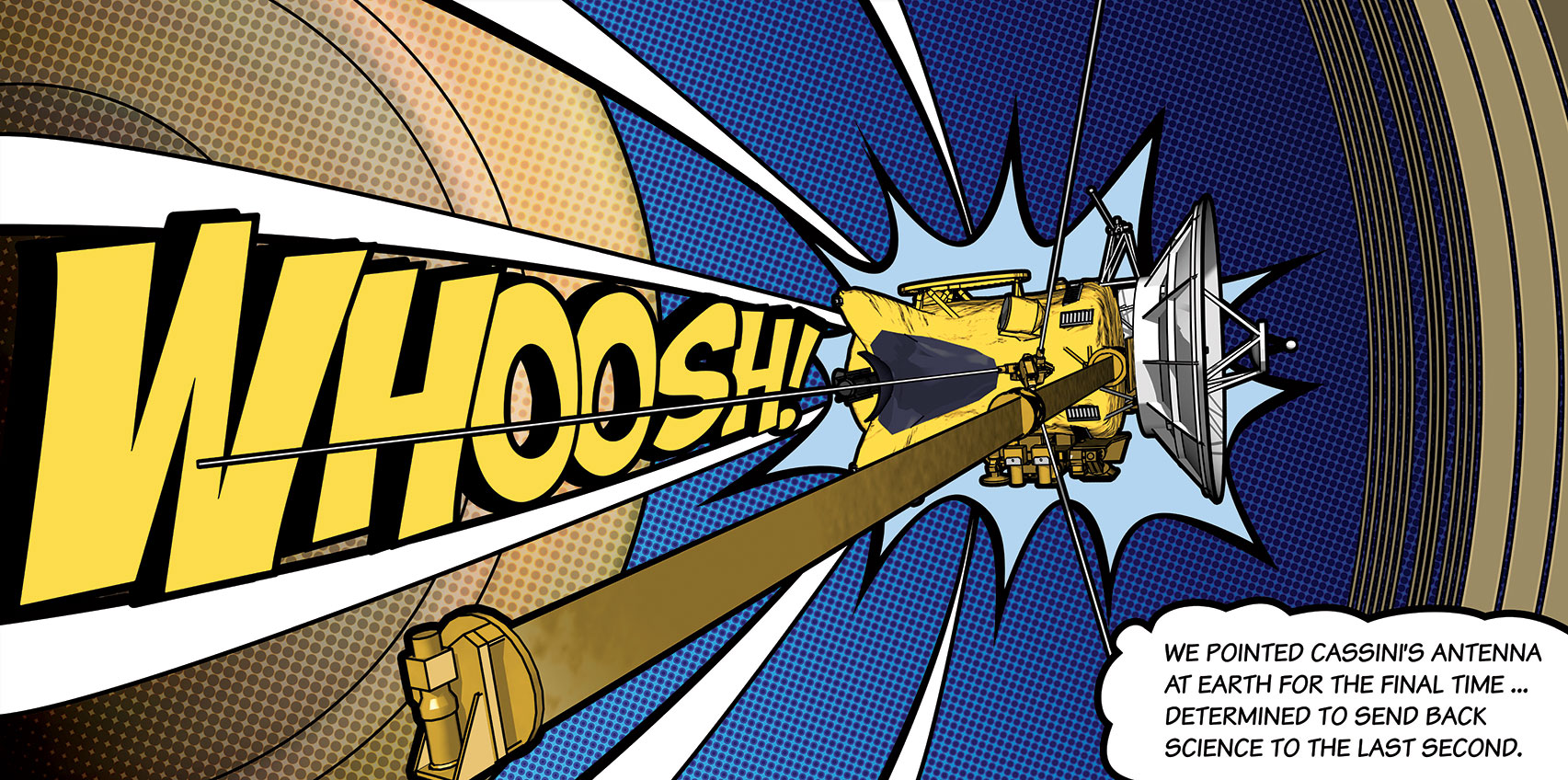
JET PROPULSION LAB, Calif. — The first spacecraft to orbit Saturn will never be available for a museum to preserve and display.
Now in the final hours of a collision course with the ringed planet, NASA's Cassini spacecraft will plunge into Saturn's atmosphere on Friday (Sept. 15), where it will break apart, melt and disintegrate. After almost 20 years in space, 13 of which at Saturn, Cassini will not even leave a mark in the planet's clouds — it will simply go silent and fade away.
The same might be true for Cassini's place in pop culture.
Since launching from Earth two decades ago, Cassini has crossed over into the zeitgeist only a few times. Although it leaves behind a rich scientific legacy, the mission's cultural artifacts are few and far between. [Cassini's Saturn Crash 2017: How to Watch Its 'Grand Finale']
"We just didn't have the understanding of how important it was to bring the public along with what we are doing," said Jim Green, NASA's planetary science director at the space agency's headquarters in Washington, D.C. "Cassini has done some pretty spectacular stuff — but not many people know about it."
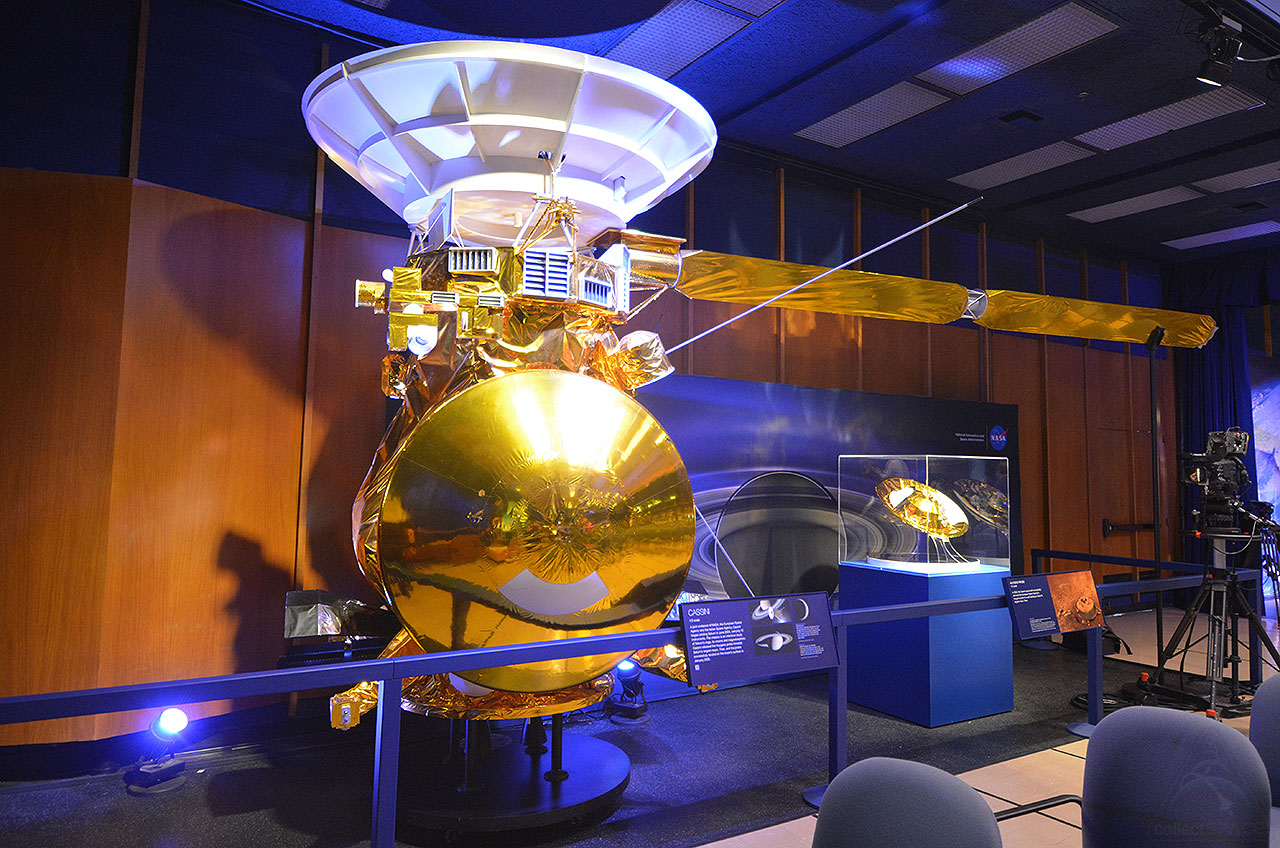
"I think because it has been in the Saturn system for 13 years and it has just made discoveries and the ability for us to communicate those discoveries has exploded around it, that is now enabling us to draw attention and recognize that we really could have done a better job explaining how it got to where it is," said Green.
True legacy
Cassini will go down in history for being the first spacecraft to orbit Saturn. Over the course of its 294 trips around the planet, the probe took more than 450,000 images and sent back 635 gigabytes of science data, in part while achieving more than 160 targeted flybys of Saturn's moons.
Get the Space.com Newsletter
Breaking space news, the latest updates on rocket launches, skywatching events and more!
Its mission extended twice, Cassini's findings transformed scientists' understanding of Saturn, its rings and its moons. It revealed icy jets shooting up from the moon Enceladus, hydrocarbon lakes on the moon Titan and the changing of seasons on Saturn. The spacecraft showed the complexity of the planet's famous rings and documented a giant storm circling Saturn for the better part of a year.
"Its true legacy is how NASA responds to the observations it made and then make decisions on how to utilize those in another series of missions," stated Green. "Cassini will be followed up by future missions, I am almost sure."
Scientists will be analyzing the data returned by Cassini for decades to come, as engineers apply the lessons learned from the past 20 years to future probes. But outside those two communities, what will serve as the tangible reminders of the mission?
Cultural impacts
Although Cassini will soon cease to exist, at least one full-size representation of the venerable spacecraft will remain on display.
A full-scale engineering model of Cassini, on loan from the Jet Propulsion Laboratory (JPL), has been at the California Science Center in Los Angeles for longer than the mission has been at Saturn. JPL also exhibits a half-scale Cassini in its main auditorium in Pasadena, California.
The closest the mission seems to have come to inspiring a commercially-produced model was in the form of a happy meal toy. In 2004, the fast food restaurants Carl's Jr. and Hardee's offered a "NASA Kids" meal that included among other toys "Cassini Meets Saturn," a pullback Cassini that "orbited" a model of the ringed planet.
"I'm not sure why Cassini was never commercialized," said Todd Barber, the lead propulsion engineer for the mission, in an interview with collectSPACE.com.
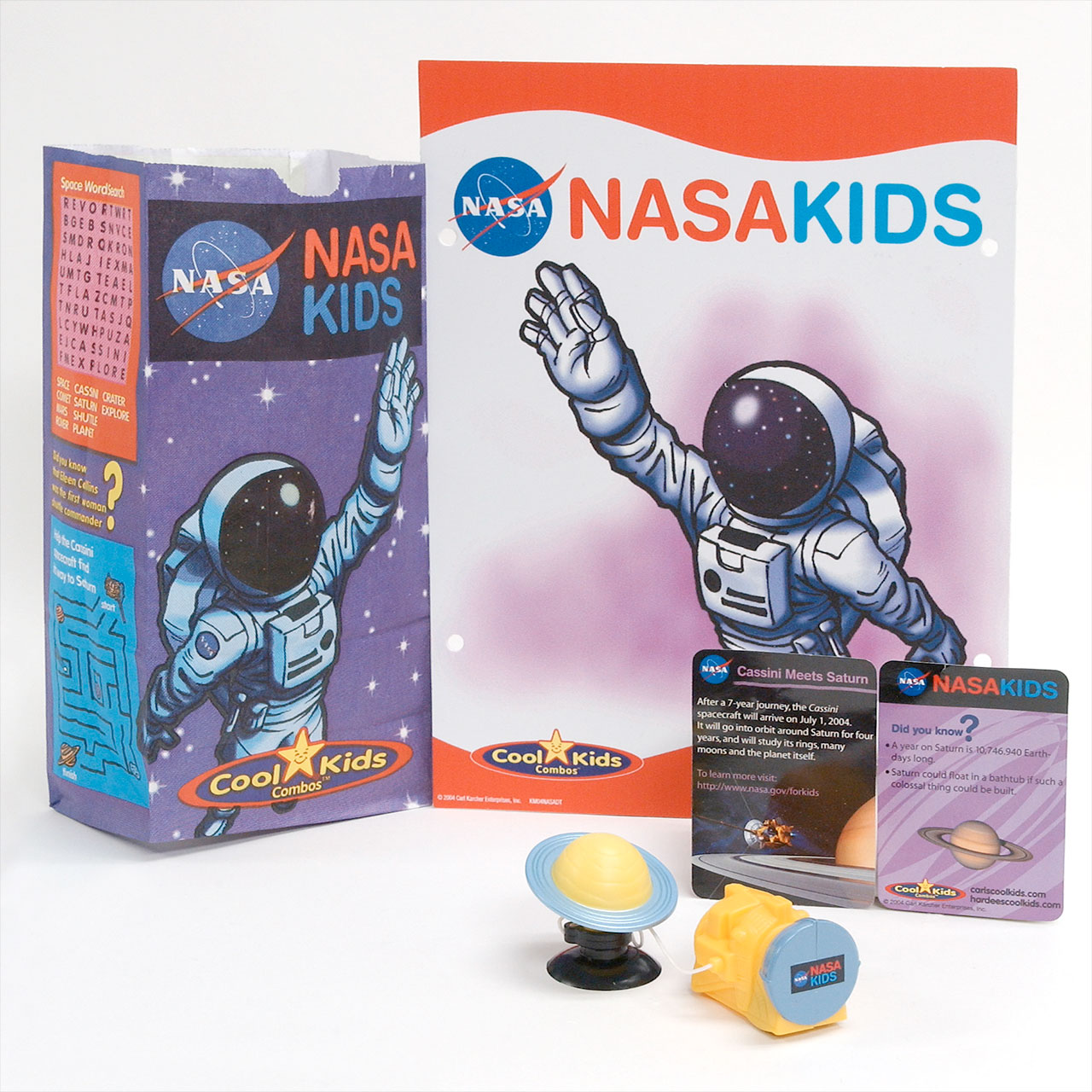
"There's a gentleman on the mission named Dave Doody and he actually built [a paper model] and it's online, so you can go print it out for free and build your own Cassini. It is as detailed and beautiful as the ones that you can buy in a gift shop," Barber said.
The Cassini mission did result in several dedicated books, including a Haynes' Owners' Workshop Manual penned by Ralph Lorenz, a member of the Cassini radar team.
Unlike other NASA missions to the outer planets, Cassini did not land on any U.S. postage stamps. A set of planet-themed stampsissued in May 2016 chose a Hubble Space Telescope image of Saturn over one of Cassini's images.
The Royal Mail, the United Kingdom's postal service, did commemorate Cassini as part of a 2012 six stamp "Space Science" set featuring imagery from the European Space Agency's (ESA) missions. ESA's Huygens probe to the surface of Titan flew to Saturn mounted to Cassini and the agency was a partner with NASA and the Italian Space Agency, ASI, on the mission.
Other Cassini stamps were issued in the Maldives, Guinea and Togo, the latter two to mark the mission's tenth year at Saturn in 2014.
"In terms of cultural impacts of Cassini, I think it has had a greater influence on art," said Emily Lakdawalla, the senior editor and planetary evangelist for The Planetary Society. "I have seen a lot of visual artists take images from Saturn, primarily the rings, and use those as motifs, backgrounds or design elements in their art."
"I've also seen quite a bit of music composition related to Saturn, its rings and moons. It would be interesting to do a survey on Cassini's impact on the arts," said Lakdawalla.
To mark the impending end of the mission, The Planetary Society released a video of its board member, "Star Trek" actor Robert Picardo, performing the "Le Cassini Opera," a humorous, musical farewell to the spacecraft.
Spectacular mission
The most prevalent and perhaps lasting "souvenir" of the Cassini mission is the image archive it filled over the past 20 years. Unlike the earlier Pioneer and Voyager probes, which made quick flybys of Saturn, Cassini revealed how dynamic a world the planet really is — even if the images were not always noticed by the general public.
"For the kinds of people who are interested in space, for them, Cassini has been an absolutely spectacular mission, routinely producing images that just make you stop and say 'wow,'" said Lakdawalla.
Sometimes that astonishment was able to reach beyond just the space community and attract the public at large, especially once social media emerged well into the Cassini mission's timeline.
"Twice during the entire mission, we had the sun occulted by Saturn, so we were able to point the cameras in that direction without frying them and capture the planet with this beautiful, ghostly backlight," said Barber. "The first one was very successful and the public got fired up about it, and then I think by the time of the second one, we realized that through social media we had the opportunity to really engage the public."
In response to a call from NASA, people around the world shared more than 1,400 images of themselves waving at Saturn on July 19, 2013, the same day that Cassini turned its camera back toward the direction of the Saturn-eclipsed sun and took an image of Earth in the process. The "Wave at Saturn" campaign was the first to provide earthlings with advance notice that their picture was being taken from an interplanetary distance.
The backlit images of Saturn were an example of how the long-lived Cassini mission was able to provide views of the iconic planet previously unseen.
"Cassini has given us these views that changed a lot over time," Lakdawalla said. "We were able to see Saturn from many different points of view."
"What Cassini really changed in the public's understanding of Saturn is just how changeable and dynamic a planet it is," she said.
See more example of the crossover between NASA's Cassini mission and pop cultureat collectSPACE.
Follow collectSPACE.com on Facebookand on Twitter at @collectSPACE. Copyright 2017 collectSPACE.com. All rights reserved.
Join our Space Forums to keep talking space on the latest missions, night sky and more! And if you have a news tip, correction or comment, let us know at: community@space.com.

Robert Pearlman is a space historian, journalist and the founder and editor of collectSPACE.com, a daily news publication and community devoted to space history with a particular focus on how and where space exploration intersects with pop culture. Pearlman is also a contributing writer for Space.com and co-author of "Space Stations: The Art, Science, and Reality of Working in Space” published by Smithsonian Books in 2018.In 2009, he was inducted into the U.S. Space Camp Hall of Fame in Huntsville, Alabama. In 2021, he was honored by the American Astronautical Society with the Ordway Award for Sustained Excellence in Spaceflight History. In 2023, the National Space Club Florida Committee recognized Pearlman with the Kolcum News and Communications Award for excellence in telling the space story along the Space Coast and throughout the world.

